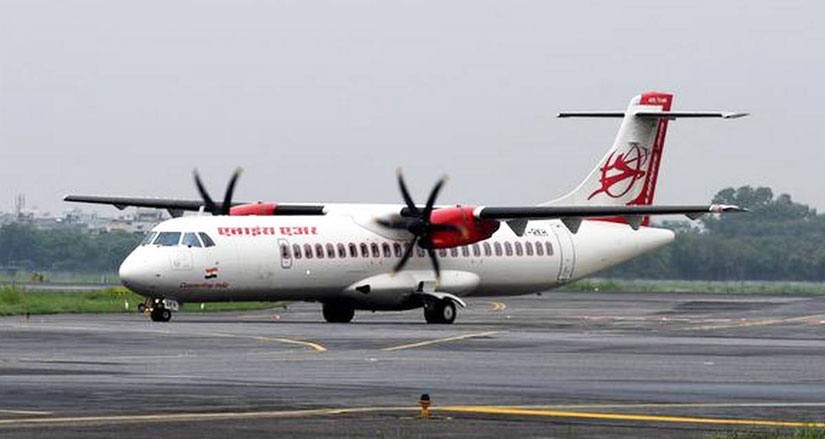RCS-UDAN, launched in 2016, has significantly improved air connectivity in India, focusing on remote areas and underserved regions. It completed six successful years in 2023, marking a milestone in the country’s aviation sector.
Enhancing Connectivity
- RCS-UDAN connected previously unserved routes, linking cities and towns that lacked air connectivity.
- Started with UDAN 1.0, expanding to UDAN 5.2, the scheme continuously evolved, addressing various challenges and demands.
Key Achievements
- More than 130 lakh passengers benefited from RCS-UDAN, demonstrating its success in making air travel accessible.
- Various versions of UDAN introduced different elements, like helipads and seaplanes, to diversify connectivity options.
- Notable airports like Shimla, Khajuraho, and Tezu were connected, fostering tourism and local economic growth.
Simplifying Operations
- UDAN 5.0 removed the cap on distance between origin and destination, enhancing operational flexibility for airlines.
- Airlines were required to commence operations within 4 months of route awards, promoting quicker connectivity.
Boosting Tourism
- UDAN contributed significantly to the tourism sector by connecting popular destinations and promoting religious and cultural tourism.
- Introduction of tourism routes and expansion of helicopter services in hilly regions stimulated tourism, benefiting local economies.
Promoting Small Aircraft Operators
- UDAN 5.2 provided greater flexibility to small aircraft operators, allowing them to operate a minimum of 10% and a maximum of 40% of annually quoted RCS seats, enhancing last-mile connectivity.
Impact on Aviation Industry
- RCS-UDAN spurred the growth of the civil aviation industry, leading to the emergence of successful regional airlines.
- Demand for various types of aircraft increased, with orders exceeding 1,000 aircraft for the next decade, indicating the scheme’s positive impact on the industry.
Find More News Related to Schemes & Committees




 Pradhan Mantri Matru Vandana Yojana Comp...
Pradhan Mantri Matru Vandana Yojana Comp...
 Govt Launches Market Access Support Sche...
Govt Launches Market Access Support Sche...
 Ayushman Bharat Expansion and Digital He...
Ayushman Bharat Expansion and Digital He...







